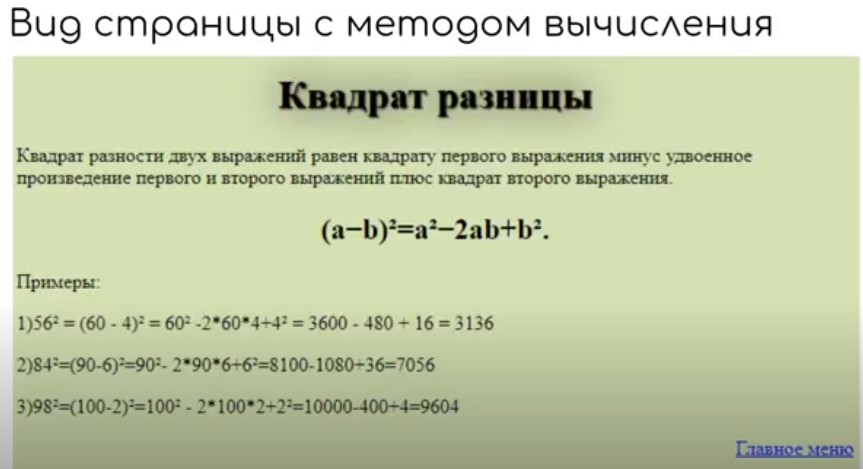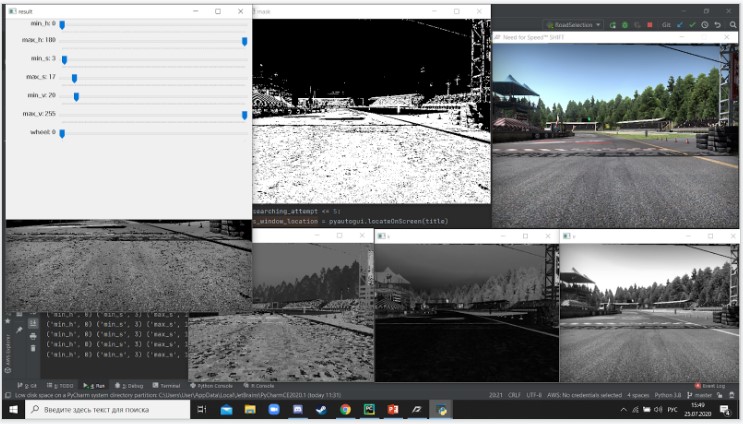32nd computer school held in a new format
Education, 01 September 2020
This year, the Summer International Computer School was held in an unusual format. It took place online. It affected its duration, the number of participants of the project and the format of their interaction. The first experience of the online School demonstrated that not everything was held due to the plan…
It was decided to limit the duration of each project of the School to 5-6 days thus not to overload children with sitting at the computer in summertime. This was justified in the conditions of restrictions imposed by the pandemic. As a result, despite simplified goals and tasks of each research project offered to children, not all the projects have been completed on time, and they had to continue them.
Almost all projects had work patterns like this: in the morning, a general online discussion in a video conference format (Zoom platform was mostly used) of the work organization was held and tasks for a day were set. In the afternoon, participants of the projects conducted experiments by themselves, completed tasks, processed materials, and wrote programmes. If they needed help, mentors provided it online. There were two mentors for each project.
In total, 23 students (3 of them were girls) and 13 mentors and assistants participated in the School. 8 projects were announced, and 6 of them were successfully completed on time; reports were prepared for the final conference (two projects continued until the end of August in a limited format). The average age of students was 12. This year, the geography of the School was limited to Moscow, Dolgoprudny, Dmitrov, and Dubna. Almost all the participants of the Summer School represented educational groups or institutions, which regularly participate in JINR events for school children. The key peculiarity of this School was the active participation of some parents who helped their children at the stage of video shooting or construction. As a result, it provided parents with an opportunity to “look behind the scenes” of the project-based research training.
At the end of the conducted research, mini-conferences recorded on video were organized for each project. All video chats were sequentially launched at the general conference, and participants asked questions. The final conference gathered 20 listeners and mentors. The final conference is available on the website of the Summer School via the link: http://mksh.ru/news/2020/08/19/itogi-mksh-32.
In the frames of the “Crystals” project (directed by Natalia Igorevna Morozova and Nikolay Morozov), participants studied the possibility of growing crystals “in the kitchen”, at home, found out the key factors affecting the growth pace and the form. The goal of the project from the participant’s point of view was to grow crystals and find out why they are so beautiful. The goal of the project from the mentor’s point of view was to gain and enhance experimental skills (work with scales, volumetric ware, solutions); deepen knowledge of symmetry and improve geometrical imagination at large; to find a connection between primary characteristics of matter (structure of atoms and molecules) and properties of matter (melting point, solubility, crystal form…).
The project “Secret messages” (headed by Andrey Vladimirovich Yudin and Evgeny Kim) was devoted to the basics of cryptography. The project’s goal in the point of view of participants was to create their own cipher. Participants started with learning a famous story about dancing men, and then, during the project, they learned 5 cyphers and the Morse code, created their own cypher using LEGO, got the skills of cypher crack by a one-to-one substitution cypher.
The project “Parachute” (led by Aleksey Liubomirovich Gibinsky, Pavel Lvovich Luchinin, Petr Dmitrievich Shirkov) was aimed to introduce participants to the world of experimental physics, and this was the key goal of the project’s head. From the point of view of participants, the goal of the project was to construct a parachute that would allow a chicken egg to land gently on a hard surface. Students planned and conducted a series of experiments to find out the maximum height of a chicken egg fall and to determine the kinematics laws. The process of free body dropping was recorded on video against the background of a measuring tape and then processed by frames. Such propaedeutics of experimental physics resulted in the estimation of the necessary area of the parachute. To the delight of children, mentors and parents, the flight tests were successful.
The “Frankenstein” project (directed by Anastasia Sergeevna Marchenko and Yuri Andreevich Zelenkov) made participants show imagination to create prototypes of biocybernetic systems to improve the functionality of human-like systems. At the same time, the project’s aim from the point of view of the mentor was to study the basics of physiology. Each participant not only proposed his own variant of “Frankenstein” but also managed to justify its advantages. There was a three-chamber heart, a man with two livers and an easily accessible “external memory”.
The project “Oral counting systems” (led by Sergey Igorevich Nikiforov and Sergey Nikolaevich Sergeev) was aimed to design and create a computer environment for teaching school students counting without using counting devices fast. Abbreviated multiplication formulas were used as the main mathematical tool. Python was the development environment in the project.
The project “Autonomous car” (supervised by Nikolay Nikolaevich Kutrukhin, Vladislav Kuzmin) was aimed to create the technical vision system for a self-driving car. The system was supposed to learn to “recognize” the road basing on the image from on-board cameras. Then, basing on the current position of the car, it was supposed to impose control actions on the power units.
Petr Shirkov, Scientific Leader of the Summer School





